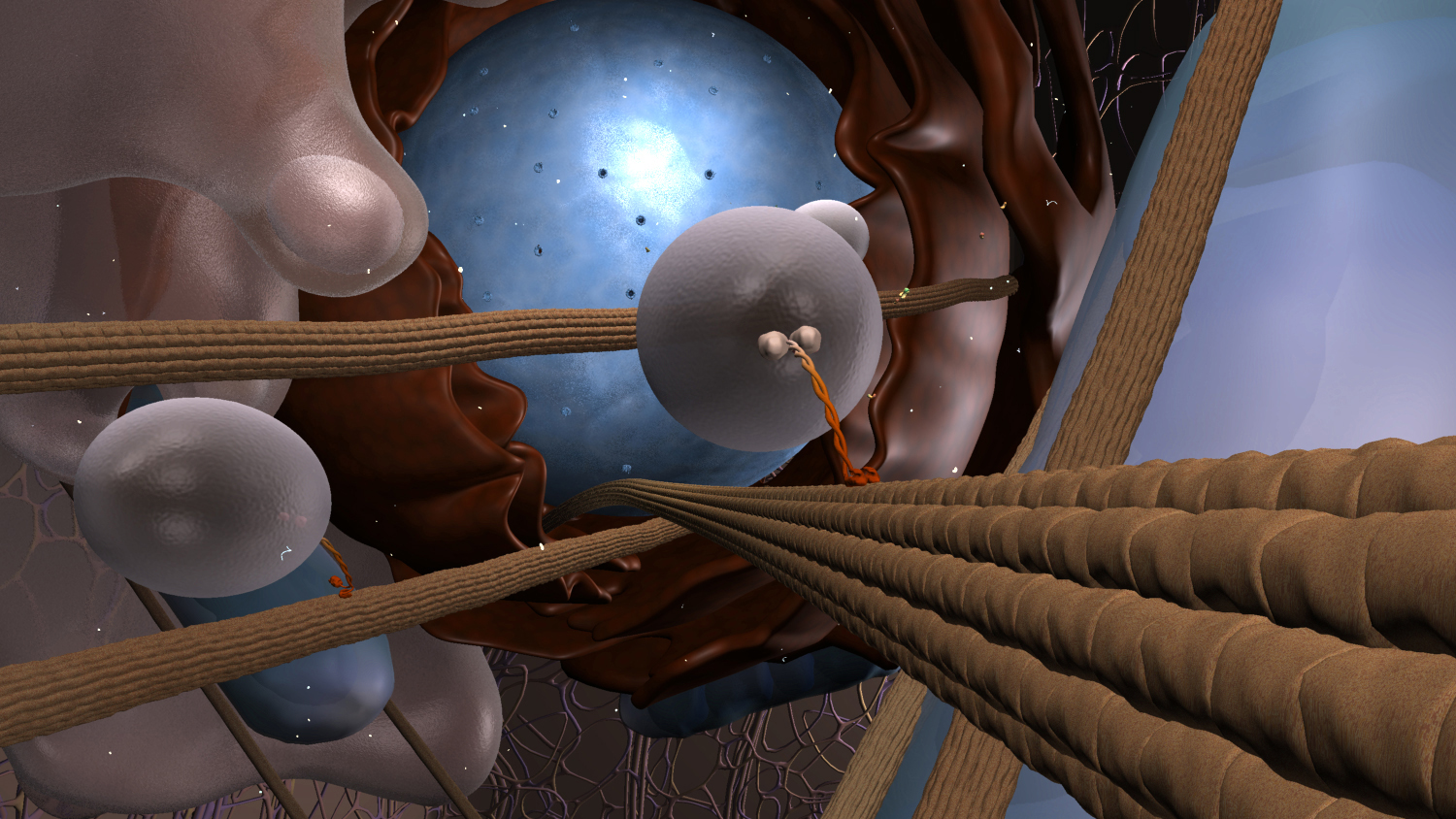
RNA Biology

Harnessing Post-Transcriptional Gene Regulation in Lymphocyte Immune Responses: Implications for Cellular Immunotherapy
Harnessing Post-Transcriptional Gene Regulation in Lymphocyte Immune Responses: Implications for Cellular Immunotherapy
Lymphocytes respond to infection by rapidly increasing and decreasing the expression of many genes in a highly regulated manner. This regulation requires the integration of transcription, mRNA decay and translation. We are only just beginning to understand how these processes are integrated with each other. The host labs are studying how the multiprotein CCR4-NOT complex and its associated RNA binding proteins control gene expression. By combining structural and molecular biology approaches with cellular immunology and mouse models of immune responses we offer a broad training experience and the opportunity to discover fundamental mechanisms of gene regulation in the immune system. The discoveries have application in modifying the potency and durability of cellular immune therapies such as anti-tumour CART cell responses and the student will have an opportunity to apply fundamental knowledge to these applications.
References
The timing of differentiation and potency of CD8 effector function is set by RNA binding proteins. Nat Commun. 2022 doi: 10.1038/s41467-022-29979-x. PMID: 35477960; PMCID: PMC9046422.
Regulation of the multisubunit CCR4-NOT deadenylase in the initiation of mRNA degradation. Curr Opin Struct Biol. 2022 doi: 10.1016/j.sbi.2022.102460. Epub 2022 Sep 16. PMID: 36116370; PMCID: PMC9771892.
The nexus between RNA-binding proteins and their effectors. Nat Rev Genet. 2023. doi: 10.1038/s41576-022-00550-0. Epub 2022 Nov 23. PMID: 36418462; PMCID: PMC10714665.
Molecular mechanisms of mRNA degradation
Molecular mechanisms of mRNA degradation
The regulation of gene expression by controlling the production and stability of messenger RNA (mRNA) in the context of the cellular environment is critical for normal cell function. Imbalance in mRNA levels is deleterious for the cell as well as the organism. The exosome is a key mediator of 3′-to-5′ exo- and endonucleolytic RNA degradation and has a central role in maintaining proper mRNA levels in the nucleus and the cytoplasm in eukaryotes (Kilchert et al., 2016 Nature RMCB). However, the exosome is rather unspecific and has a low intrinsic nucleolytic activity and, currently, we do not understand how the exosome targets specific mRNAs for efficient degradation. This has important clinical implications as dysregulation of the exosome function leads to severe neurological diseases such as spinal muscular atrophy, pontocerebellar hypoplasia, and infantile leukodystrophy. Learning more about the mechanisms that underpin exosome regulation will, in turn, help us to understand how these pathogenic states arise in humans in instances where exosome function is perturbed. Highly conserved proteins that interact with the 5′-terminal methylguanylate cap structure on mRNAs such as Cbc20, Cbc80, and Ars2 have been implicated in the regulation of RNA degradation and gene silencing mediated by the exosome complex.
In this project, we aim to understand the function of Cbc20, Cbc80 and Ars2 by studying in molecular detail how these factors guide the targeting and activation of the exosome. The project will bring together two highly complementary host laboratories (headed by Dr. Lidia Vasilieva at the University of Oxford and Dr. Eugene Valkov at the NCI/NIH in Frederick, U.S.A.) to address this important biological problem. Both laboratories will synergize to apply the latest biochemical, structural, genetic and transcriptomic approaches to ensure an excellent training opportunity in multidisciplinary molecular biology. In the course of their doctoral studies, the student will receive extensive training in protein production and purification, X-ray crystallography and/or single-particle cryoEM, functional biochemistry, genetics and functional genomics. Production and reconstitution of multisubunit complexes, as well as functional biochemical and transcriptomic analyses, will be carried at Oxford whilst the structural aspects of the project will be at the NIH. New mechanistic insights into the function of the exosome cofactors will be highly impactful and advance our understanding of how they regulate the exosome function in controlling the stability of individual mRNA targets. This fundamental new knowledge will advance our understanding of how cells execute different programs of gene expression in health and disease.
Understanding the molecular mechanisms leading to R-loop-associated diseases
Understanding the molecular mechanisms leading to R-loop-associated diseases
Unusual RNA/DNA structures (R-loops) are formed when the RNA hybridizes to a complementary DNA strand, displacing the other DNA strand in this process. R-loops are formed in all living organisms and play crucial roles in regulating gene expression, DNA and histone modifications, generation of antibody diversity, DNA replication and genome stability. R-loops are also implicated in human diseases, including neurodegeneration, cancer mitochondrial diseases and HIV-AIDs.
Collaboration between Prof Crouch (NIH) and Dr. Gromak (Oxford) labs will focus on understanding the regulation of R-loops and uncover the molecular mechanisms which lead to R-loop-associated diseases. We will employ state-of-the-art techniques including CRISPR, Mass Spectrometry and molecular biology approaches to understand the principles of R-loop biology in health and disease conditions. In the long term the findings from this project will be essential for the development of new therapeutic approaches for R-loop-associated disorders.
*This project is available for the 2021 Oxford-NIH Pilot Programme*


